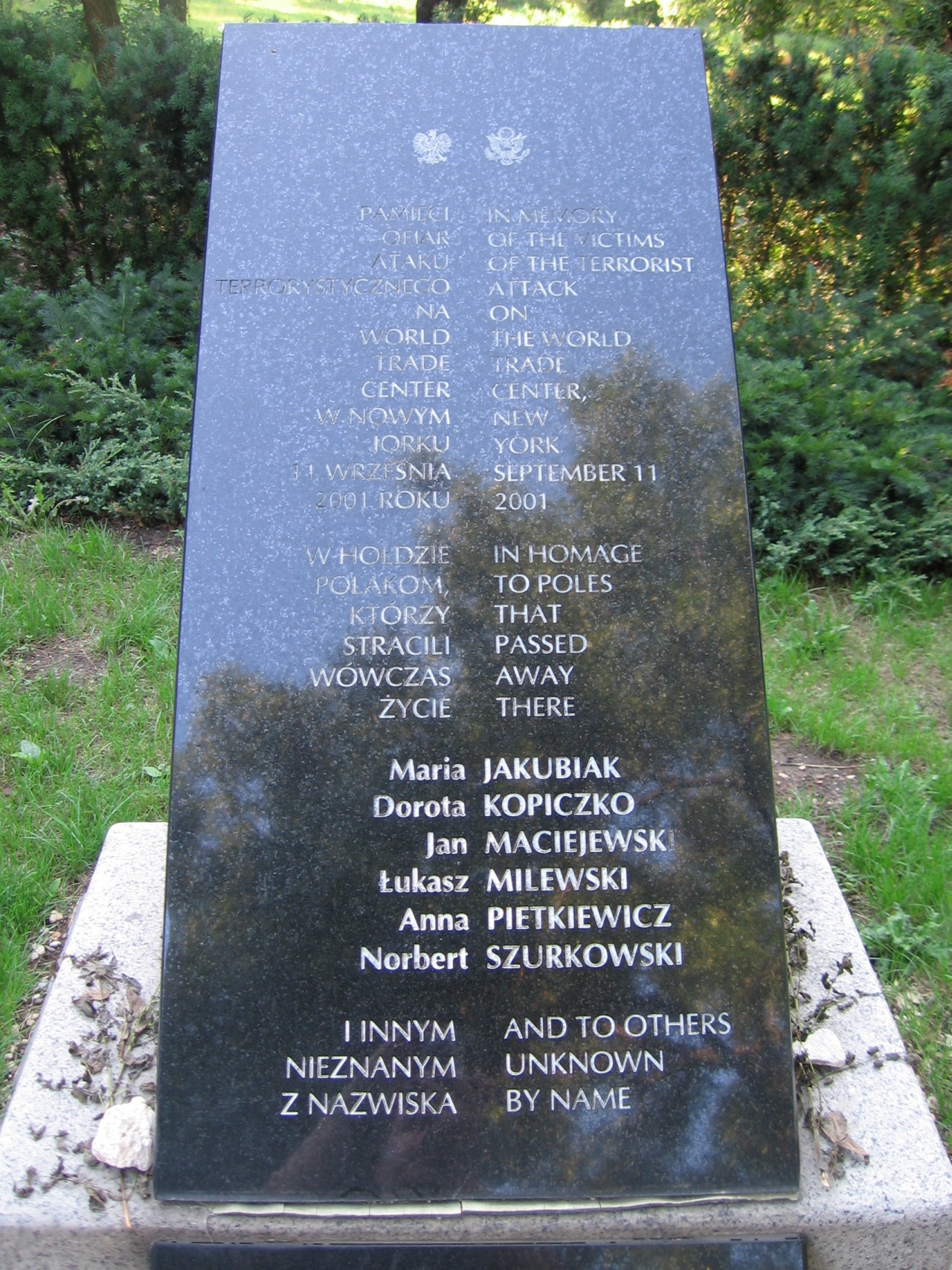Skaryszewski Park on:
[Wikipedia]
[Google]
[Amazon]



 Skaryszew Park (pronounced ) is an urban, monumental park located in the
Skaryszew Park (pronounced ) is an urban, monumental park located in the



 Skaryszew Park (pronounced ) is an urban, monumental park located in the
Skaryszew Park (pronounced ) is an urban, monumental park located in the Praga-Południe
Praga-South ( pl, Praga-Południe, ) is a district of Warsaw located on the east bank of the Vistula River. It consists of Grochów, Gocław, Kamionek and Saska Kępa.
History
The area of today's Praga-South has been inhabited since at least ...
(South Praga) district of Warsaw
Warsaw ( pl, Warszawa, ), officially the Capital City of Warsaw,, abbreviation: ''m.st. Warszawa'' is the capital and largest city of Poland. The metropolis stands on the River Vistula in east-central Poland, and its population is officia ...
, Poland
Poland, officially the Republic of Poland, is a country in Central Europe. It is divided into 16 administrative provinces called voivodeships, covering an area of . Poland has a population of over 38 million and is the fifth-most populous ...
. The park was designed and created by Franciszek Szanior in 1906.Praga Południe, Michał Pilich, wyd. Urząd Dzielnicy Praga Południe m. st. Warszawy
Location and name
Skaryszew Park is situated on the right bank ofVistula
The Vistula (; pl, Wisła, ) is the longest river in Poland and the ninth-longest river in Europe, at in length. The drainage basin, reaching into three other nations, covers , of which is in Poland.
The Vistula rises at Barania Góra in ...
River. It occupies 58 ha, an area formerly made of meadows and pastures which previously belonged to the village of Skaryszew
Skaryszew is a town in Radom County, Masovian Voivodeship, Poland, with 3,922 inhabitants (2004). The town is located on the ''Kobylanka'' river, and belongs to the historic province of Lesser Poland. Skaryszew lies on a regional road nr. 733, ...
in the 17th and 18th centuries. In 1929, during the interwar period, the park was named after Ignacy Jan Paderewski, a famous Polish pianist, composer, and politician who contributed significantly to Poland's independence. Paderewski's name, removed after World War II for political reasons, was finally restored in 1980. Varsovians, especially the young ones, usually call the park “Skaryszak”.
Monuments
* Bust ofIgnacy Jan Paderewski
Ignacy Jan Paderewski (; – 29 June 1941) was a Polish pianist and composer who became a spokesman for Polish independence. In 1919, he was the new nation's Prime Minister and foreign minister during which he signed the Treaty of Versaill ...
(1988). Stands at the entrance to the park. Founded by Janina and Zbigniew Porczyńscy.
* Dancer (1926, by Stanisław Jackowski
Stanisław Jackowski (1887 in Warsaw – 1951 in Katowice) was a Polish sculptor, and nephew of novelist Bolesław Prus. In 1909-11 Jackowski studied sculpture at the Academy of Fine Arts in Kraków (''Akademia Sztuk Pięknych'') under Konstanty L ...
). Situated in the rose garden. Sculpture of a young women dancing in ecstasy.
* Bathing woman (1929, by Olga Nieniewska). Situated on a small hill by the lake. Sculpture of a bathing woman.
* Monument to Edward Mandell House
Edward Mandell House (July 26, 1858 – March 28, 1938) was an American diplomat, and an adviser to President Woodrow Wilson. He was known as Colonel House, although his rank was honorary and he had performed no military service. He was a highl ...
(1932, by Franciszek Black, Reconstructed by Marian Konieczny
Marian Adam Konieczny (13 January 1930, Jasionów – 25 July 2017 Jaroszowiec) was a Polish sculptor and politician, Professor and Dean at the Faculty of Sculpture of the Jan Matejko Academy of Fine Arts in Kraków.
Life
A 1954 graduate of the ...
). House, the most trusted advisor of the American President Thomas Woodrow Wilson, advocated Poland's independence after World War I. The original sculpture was founded by Ignacy Jan Paderewski. The monument survived the World War II, yet was destroyed in 1951.
* Monument to the Red Army Soldiers (15 September 1946). Originally built over a grave of twenty six Soviet soldiers, killed between 10 and 15 September 1944 during the heavy fighting in the area. In 1968, the bodies were buried in a cemetery and the monument relocated to its present location. After 1989, it was devastated and restored on multiple occasions. Despite Russia's protests, the monument has been demolished in October, 2018.
* Monument to British pilots (1988). Situated in the rose garden near the dancer's sculpture. It commemorates the death of British pilots whose Consolidated B-24 Liberator was shot down by the Germans on 13 August 1944 during the Warsaw Uprising, and crashed on this site. It was unveiled in 1988 by Margaret Thatcher in the presence of Sergeant Henry Lloyd Lane, the only survivor of the crash.
*Monument for Polish - Victims of the September 11 attacks
The September 11 attacks, commonly known as 9/11, were four coordinated suicide terrorist attacks carried out by al-Qaeda against the United States on Tuesday, September 11, 2001. That morning, nineteen terrorists hijacked four commercia ...
(2002). The monument is established for the Polish victims during the attack on New York City, and was unveiled by Polish President Aleksander Kwaśniewski
Aleksander Kwaśniewski (; born 15 November 1954) is a Polish politician and journalist. He served as the President of Poland from 1995 to 2005. He was born in Białogard, and during communist rule, he was active in the Socialist Union of Poli ...
in 2002, on the 1st anniversary of the attacks.
Other interesting objects
* Kamionkowskie Lake. Vistula's old river bed, now a centre of recreation. Canoe and pedalos are available for rental. * Amphitheatre. A place where numerous cultural events, concerts and movie shows are held. * Shrine (1937, designed by Janusz Alchimowicz). Constructed in white concrete.References
{{coord, 52.2428, N, 21.0567, E, source:wikidata, display=title Parks in Warsaw 1906 establishments in Poland